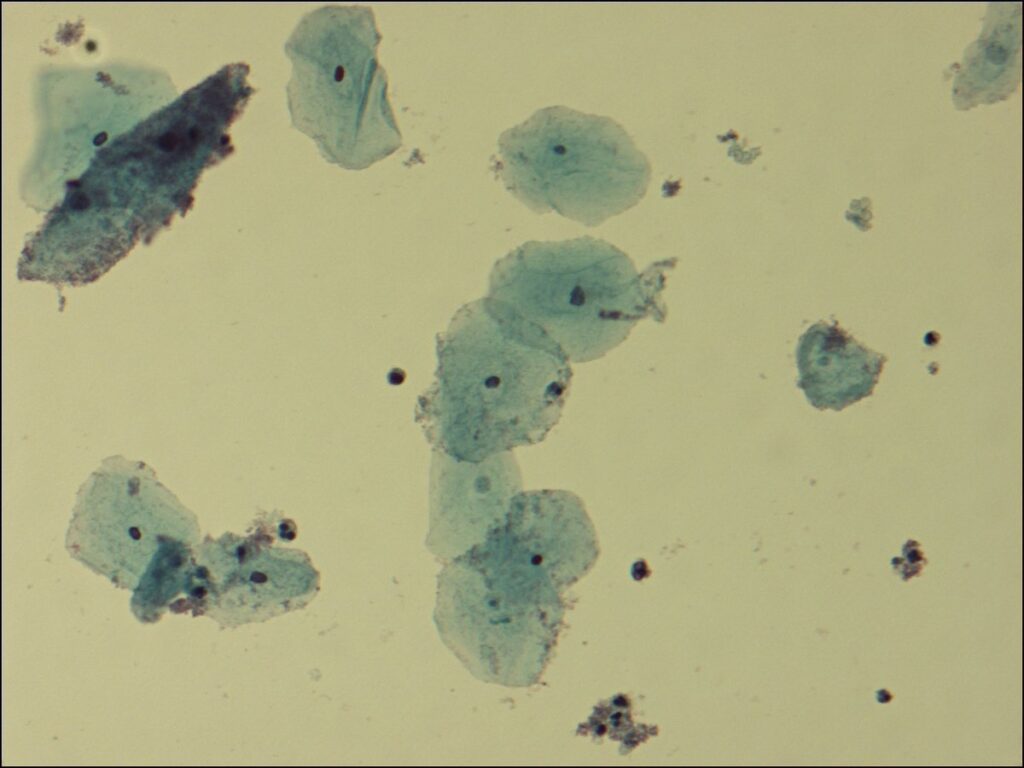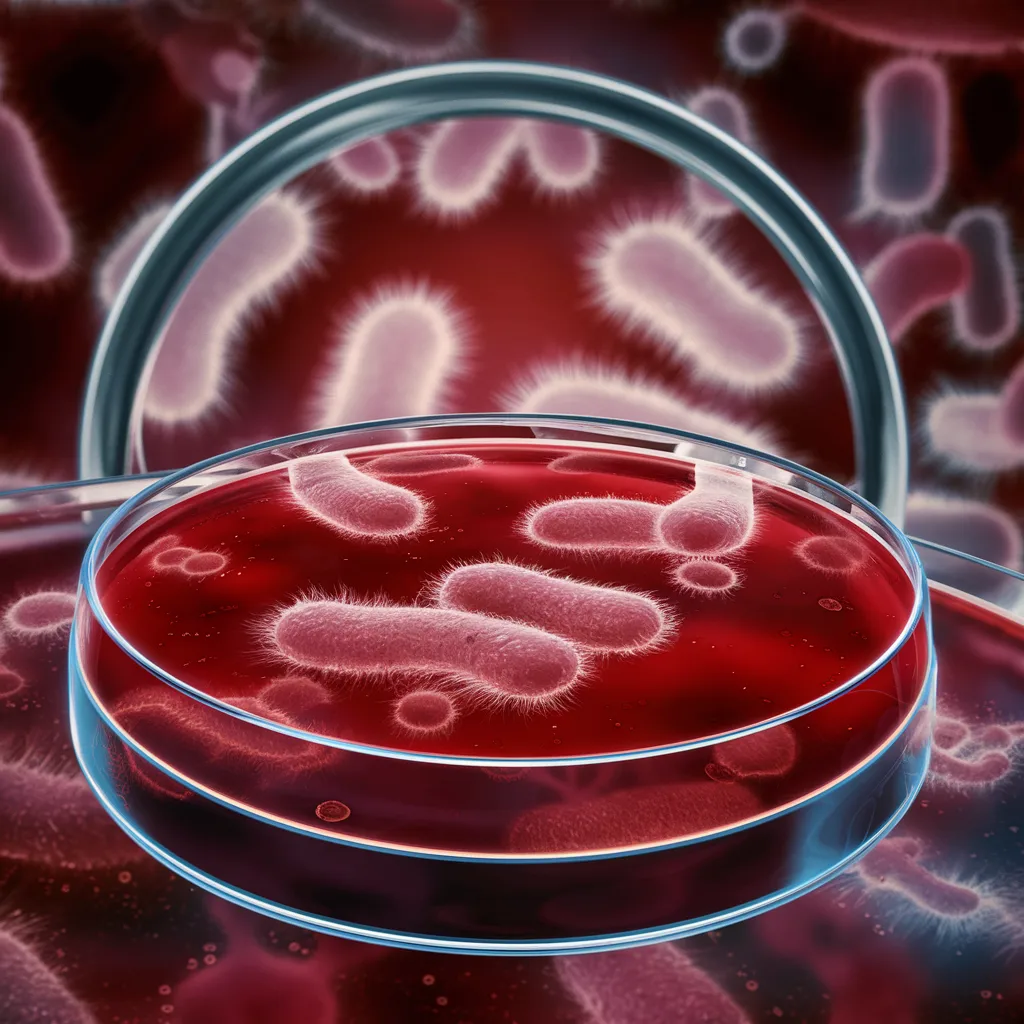What is Gardnerella vaginalis?

One kind of bacterium that can live in the vaginal tract is Gardnerella vaginalis. Bacterial vaginosis (BV), a common vaginal infection marked by an imbalance of bacteria in the vagina, is frequently linked to it. Although it is not the only cause of BV, women who have this ailment often have higher concentrations of Gardnerella vaginalis.
Table of Contents
Biochemical Test of Gardnerella vaginalis
In order to identify Gardnerella vaginalis, the biochemical test examines the bacterium’s metabolic pathways and enzyme activity. The diagnosis of bacterial vaginosis, a frequent ailment brought on by Gardnerella vaginalis, depends on this test. Healthcare professionals can precisely treat and manage the infection by using this test, which will ultimately improve patient outcomes. Adherence to established procedures and utilization of suitable apparatus are imperative in guaranteeing dependable outcomes.
Staining by Gramme
Because of its thin peptidoglycan coating, G. vaginalis is a Gram-variable bacteria that frequently presents as Gram-negative or Gram-indeterminate. It usually appears as coccobacilli, which are tiny pleomorphic rods.
Test for Catalase
Because G.vaginalis does not generate the enzyme catalase, it is catalase-negative and cannot convert hydrogen peroxide into oxygen and water.
Test for Oxidase
Because G. vaginalis lacks oxidase, it cannot manufacture the electron transport chain enzyme cytochrome c oxidase.
Test for Hippurate Hydrolysis
Hippurate hydrolysis is positive for G. vaginalis. Hippurate is hydrolyzed to benzoic acid and glycine by the bacterium’s hippuricase enzyme.
Hydrolysis of Starch
G. vaginalis is not a starch hydrolyzer. A negative result is shown in starch agar when there is no clear zone surrounding the growth following iodine administration.
Test for beta-galactosidase
Due to its beta-galactosidase activity, G. vaginalis is able to convert lactose into glucose and galactose. The ortho-nitrophenyl-β-galactoside test, or ONPG test, is frequently used to test this.
Creation of Fatty Acids
Gas-liquid chromatography (GLC) can be used to detect the primary metabolic end products produced by G. vaginalis, which are succinic and acetic acids.
On Human Blood Agar, hemolysis
On human blood agar, G. vaginalis displays beta-hemolysis; however, on sheep blood agar, it frequently displays gamma (non-hemolytic) or alpha (partial hemolysis) hemolysis.
Panels for biochemistry
G. vaginalis can be positively identified using commercial biochemical panels (such API 20 Strep). These panels measure the activity of several enzymes and carbohydrate fermentations.
Cloue cells and vaginal smears
A Gardnerella vaginalis infection is strongly suggested in clinical settings by the presence of clue cells, or vaginal epithelial cells studded with bacteria, in a wet mount or Gram-stained vaginal smear.
rRNA gene sequencing of 16S
Molecular techniques like 16S rRNA gene sequencing can be used for certain identification.
Growth attributes of Gardnerella vaginalis
Blood agar

While G. vaginalis can grow on blood agar, it might not show signs of beta-hemolysis, or the disintegration of red blood cells.
Chocolate agar
It thrives on chocolate agar because it offers extra growth elements.
Anaerobic environments

Although it may grow in the presence of oxygen, G. vaginalis thrives in anaerobic or microaerophilic environments.
Important Information about G. vaginalis
G. vaginalis cannot be definitively identified by a single test. For a reliable diagnosis, a combination of microscopic examination, biochemical assays, and clinical findings is required.
PCR and other molecular techniques are getting more and more used because of their sensitivity and specificity.
Summary
G. vaginalis can be identified by a variety of biochemical assays, microscopy, and Gramme staining. It’s important to remember, though, that this bacterium is frequently seen in small quantities and might not be the only one causing BV. Clinical symptoms and test results must be carefully considered in order to diagnose and treat BV correctly.
Frequently Asked Questions(FAQ)
Write the summary of Biochemical Test of Gardnerella vaginalis?
G. vaginalis can be identified by a variety of biochemical assays, microscopy, and Gramme staining. It’s important to remember, though, that this bacterium is frequently seen in small quantities and might not be the only one causing BV. Clinical symptoms and test results must be carefully considered in order to diagnose and treat BV correctly.
What is Gardnerella vaginalis?
G. vaginalis can be identified by a variety of biochemical assays, microscopy, and Gramme staining. It’s important to remember, though, that this bacterium is frequently seen in small quantities and might not be the only one causing BV. Clinical symptoms and test results must be carefully considered in order to diagnose and treat BV correctly
Related Articles




